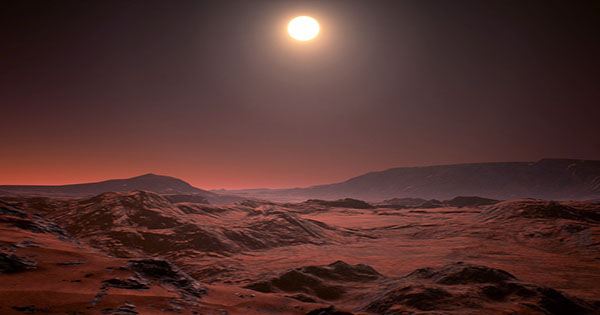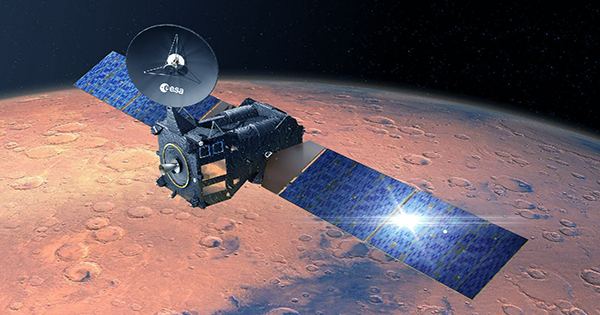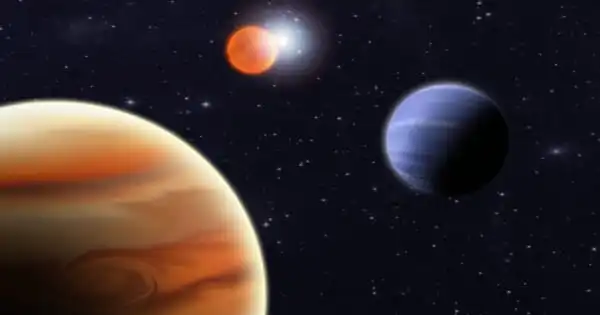Valles Marineris, the Solar System’s greatest canyon, is a tectonic fracture that has expanded by erosion and is characterized by neighboring channels that may have been formed by water. It turns out that some of the water may still be present. According to orbital measurements, a secret reservoir of water exists beneath the earth at the canyon’s bottom. The ESA-Roscosmos ExoMars Trace Gas Orbiter (TGO) has been measuring the amount of hydrogen present on Mars’ surface.
Hydrogen might be used as a substitute for water. The team has discovered a location where assuming the hydrogen observed is in the form of water ice, it might make up as much as 40% of the near-surface material using the FREND equipment onboard TGO.
According to Icarus, the possibly water-rich region discovered overlapping the Candor Chaos, an area that had previously been thought to be a viable location for water hunting. Scientists searching for near-surface water on Mars have previously only looked at the surface, seeking ice-covered dust grains in the soil. The current study goes a step farther, so to speak.

“With TGO, we can see down to one meter beyond this dusty layer and observe what’s actually going on under Mars’ surface – and, critically, discover water-rich ‘oases’ that earlier equipment couldn’t detect,” said lead scientist Igor Mitrofanov of the Russian Academy of Sciences in a statement. “In the massive Valles Marineris canyon system, FREND showed a location with an exceptionally significant amount of hydrogen: assuming the hydrogen we detect is bonded into water molecules, as much as 40% of the near-surface material in this region looks to be water.”
Although Mars is a chilly desert, the equatorial areas are still too warm to support exposed water ice, as they are at the poles. The discovery of water in the soil is highly intriguing since the Valles Marineris stretches for more than 4,000 kilometers (2,500 miles) just south of the equator.
More observations will be required to validate this finding and to determine the sort of water discovered on Mars, according to the researchers. The water might be in the form of buried ice or trapped in minerals at certain latitudes.
“We discovered a key section of Valles Marineris to be completely flooded — considerably more than we had anticipated.” “This is quite similar to Earth’s permafrost zones, where water ice stays indefinitely beneath dry soil due to continual low temperatures,” said co-author Alexey Malakhov. “Overall, we believe this water is more likely to exist as ice.” “Understanding how and where water exists on present-day Mars is critical to understanding what happened to Mars’ once-abundant water, and it aids our search for habitable environments, possible signs of past life, and organic materials from Mars’ earliest days,” said Colin Wilson, project scientist for the ExoMars Trace Gas Orbiter.
















